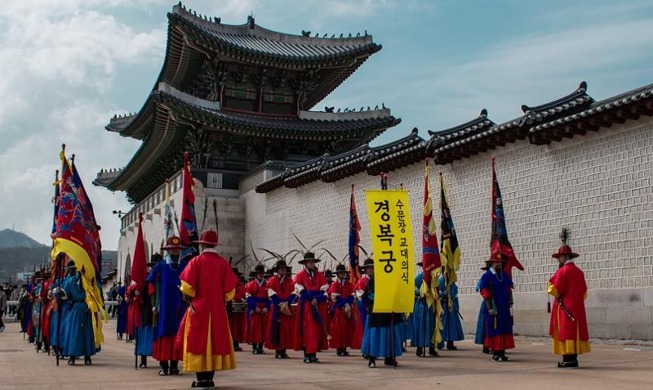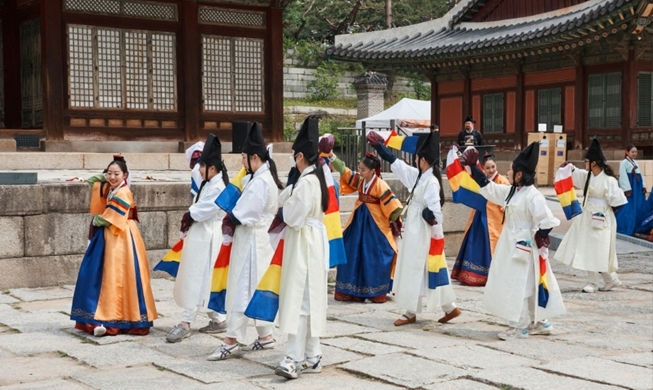-
 Korea.net's 24-hour YouTube channel
Korea.net's 24-hour YouTube channel- NEWS FOCUS
- ABOUT KOREA
- EVENTS
- RESOURCES
- GOVERNMENT
- ABOUT US
- 한국어
- English
- 日本語
- 中文
- العربية
- Español
- Français
- Deutsch
- Pусский
- Tiếng Việt
- Indonesian
By Honorary Reporter John Paul Vergonia from the Philippines
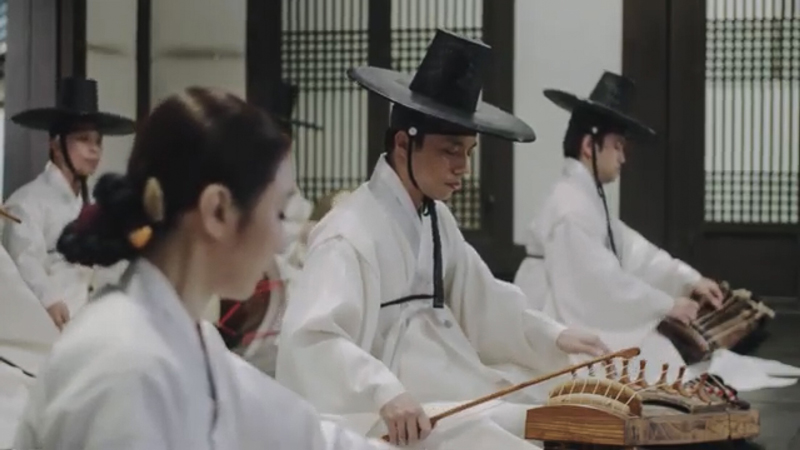
(Screen capture from 'National Gugak Center' YouTube channel)
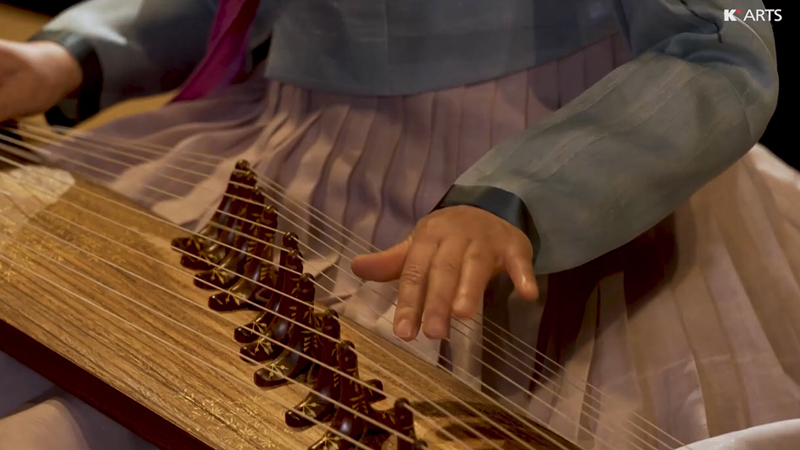
The National Gugak Center in Seoul and Korea National University of Arts, in cooperation with the Ministry of Culture, Sports and Tourism, are offering videos of traditional performing arts online as part of "Hope Concerts" to promote Korean culture, support artists in the field and lift the people's spirit amid the pandemic. (Screen capture from 'Korea National University of Arts' YouTube channel)
Korean folk music, traditional dances and rituals are featured in the videos uploaded daily on social media channels, in addition to ballet and Western music concerts.
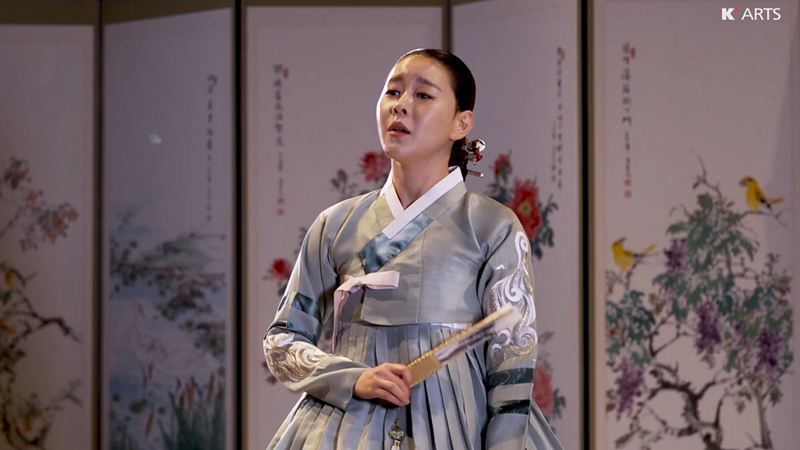
Pansori is a one-person narrative opera performed by a folk singer and accompanied by a buk (barrel drum) player. (Screen capture from 'Korea National University of Arts' YouTube channel)
I find Korean performing arts distinctive, with most of them presented through a combination of traditional music and folk songs, ritualistic dances and fluid storytelling. I wasn't into folk songs and operas but the popular Korean folk song "Arirang" made me a fan.
I also like KNUA alumnus and pansori singer Kim Nani's performance of Sacheolga "Song for Four Seasons." Pansori, sometimes called Korean folk opera, is a narrative musical performed by a folk singer and accompanied by a drummer.
Sinawi presented by the National Gugak Center will definitely help bring peace and calm at this tense moment. This traditional shamanistic music is performed by an ensemble of musical traditional instruments such as a double-reed bamboo oboe (piri), a two-string zither (haegeum) and a large bamboo transverse flute (daegeum). With its origin, I find it charming as the traditional music it creates.
The beauty and elegance of the traditional Korean clothing Hanbok are also showcased in all of the performances, including the integration of arts in calligraphy, painting and embroidery with meticulous details. A wide array of Hanbok, from the most common to those worn by the royal family, make the videos a feast for the eyes as well as the ears.
KNUA offers its online concert series through March 31. The gugak (traditional music) center started posting its online concerts from March 17 that includes about 11 performances by the traditional music groups Jeongakdan and Minsokakdan.
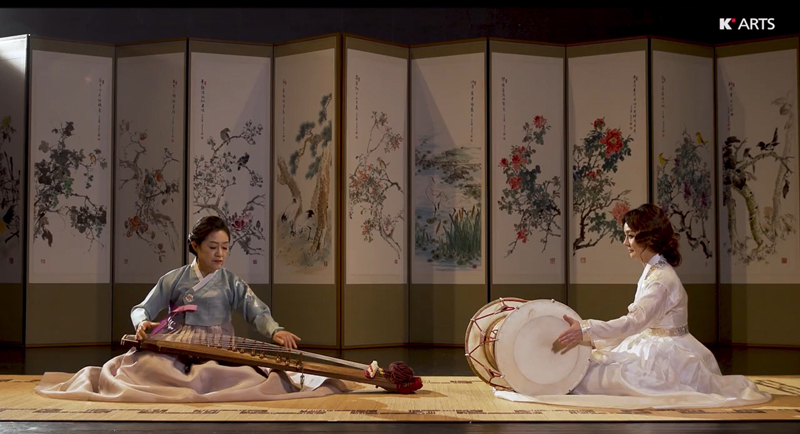
The beauty and elegance of Hanbok are showcased in all of the online performances(Screen capture from 'Korea National University of Arts' YouTube channel)
chaey0726@korea.kr
*This article is written by a Korea.net Honorary Reporter. Our group of Honorary Reporters are from all around the world, and they share with Korea.net their love and passion for all things Korean.




